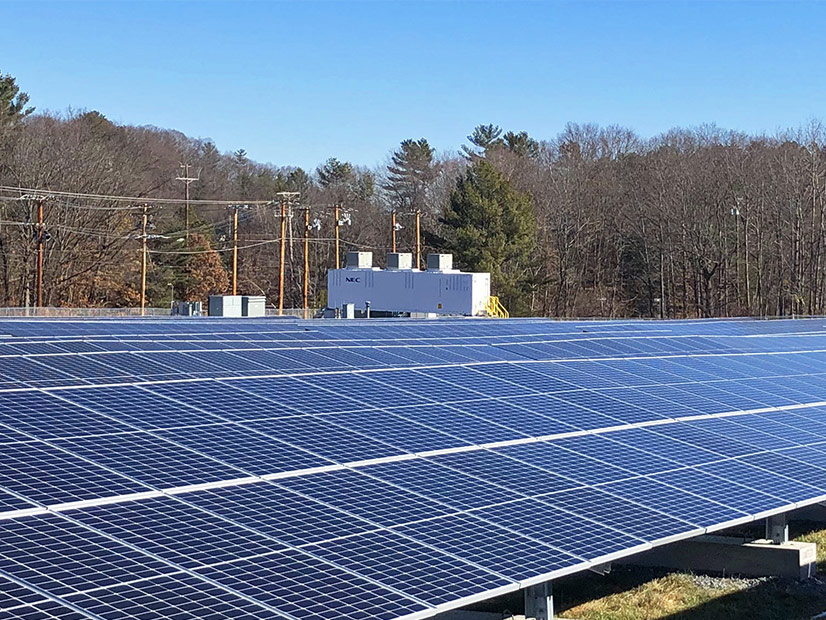Energy storage experts are surprised by how few resources have qualified to participate in Massachusetts’s Clean Peak Energy Standard program compared to how many they thought were eligible.
“There’s not a lot of supply qualified at this point, and we are seeing those market dynamics on the buy side,” said Katherine Wilson, manager of wholesale electric supply for National Grid, during a panel last week on the Clean Peak Energy Standard hosted by the Northeast Energy and Commerce Association.
In 2020, there were 17 resources operating under the clean peak standard, totaling 37 MW.
The legislature passed the standard in 2018, but 2020 was the first year that utilities were required to comply with it. The standard directs the state’s utilities to procure energy storage generated by renewables to contribute to the grid when demand for electricity is at its highest to reduce emissions and lower ratepayer costs.
If a utility does not fulfill its procurement requirements, it must pay an alternative compliance payment (ACP) to the Massachusetts Clean Energy Center to support energy efficiency programs.
“When there is not a lot of supply, we would likely see an ACP payment,” Wilson said.
Because supply for the standard is low, the money energy storage projects are bringing in through Clean Peak Energy Certificates (CPEC) is high, said Ben Krupp, asset manager of Solar PV for Ameresco.
But it is “hard to read too far down the road on how things will develop,” Krupp said.
The state’s clean peak standard is the first in the country, and the Department of Energy Resources (DOER) is still working out program eligibility and long-term procurement details. Developers like Ameresco generally own an asset through its lifetime, so building projects to serve the program “has to be a reasonable investment long term.”
The methods DOER will use to measure and verify how much the standard reduces load will affect which resources will be eligible for the program and what kind of meter the energy has to come through.
“Even though it may not be the most lucrative program, I think especially for behind-the-meter systems that are going to be coinciding with [the demand response program] Connected Solutions, it’s definitely one we want to prioritize because of it being more financeable pricewise,” Krupp said.
Clean peak resources can participate simultaneously in the Connected Solutions incentive program. Co-participation is also allowed for solar and storage projects in the Solar Massachusetts Renewable Energy Target Program, but the CPECs would be owned by the utility.
“This is a complex program,” said Shawn Jones, managing director and head of storage development for BlueWave Solar. “We are all anxious to figure out this first set of CPECs.”
BlueWave develops community solar projects, so it is focused on siting projects where they can “serve the greater good,” he said.
As a former administrator for the Massachusetts Offers Rebates for Electric Vehicles (MOR-EV) program, Jones remembers when a new Tesla model caused rebates to skyrocket in 2018 because there was a spike in the number of eligible vehicles.
Jones is concerned about a similar phenomenon happening with the clean peak program.
“If we have larger assets and we’re developing projects anywhere from 5 MW to 200 MW, it takes a lot longer to interconnect those projects than smaller, aggregated projects,” he said. “We’re making sure we’re following closely and understanding what the program will look like two years from now.”



